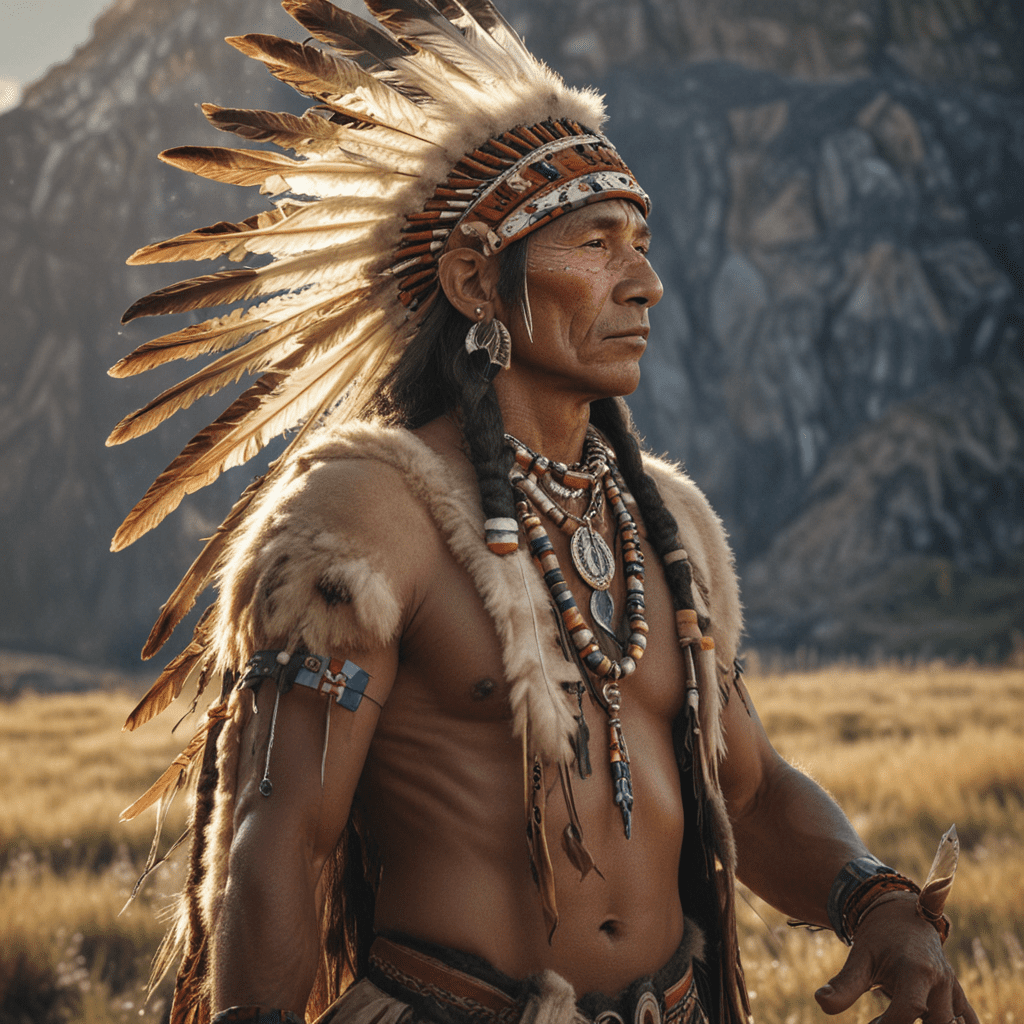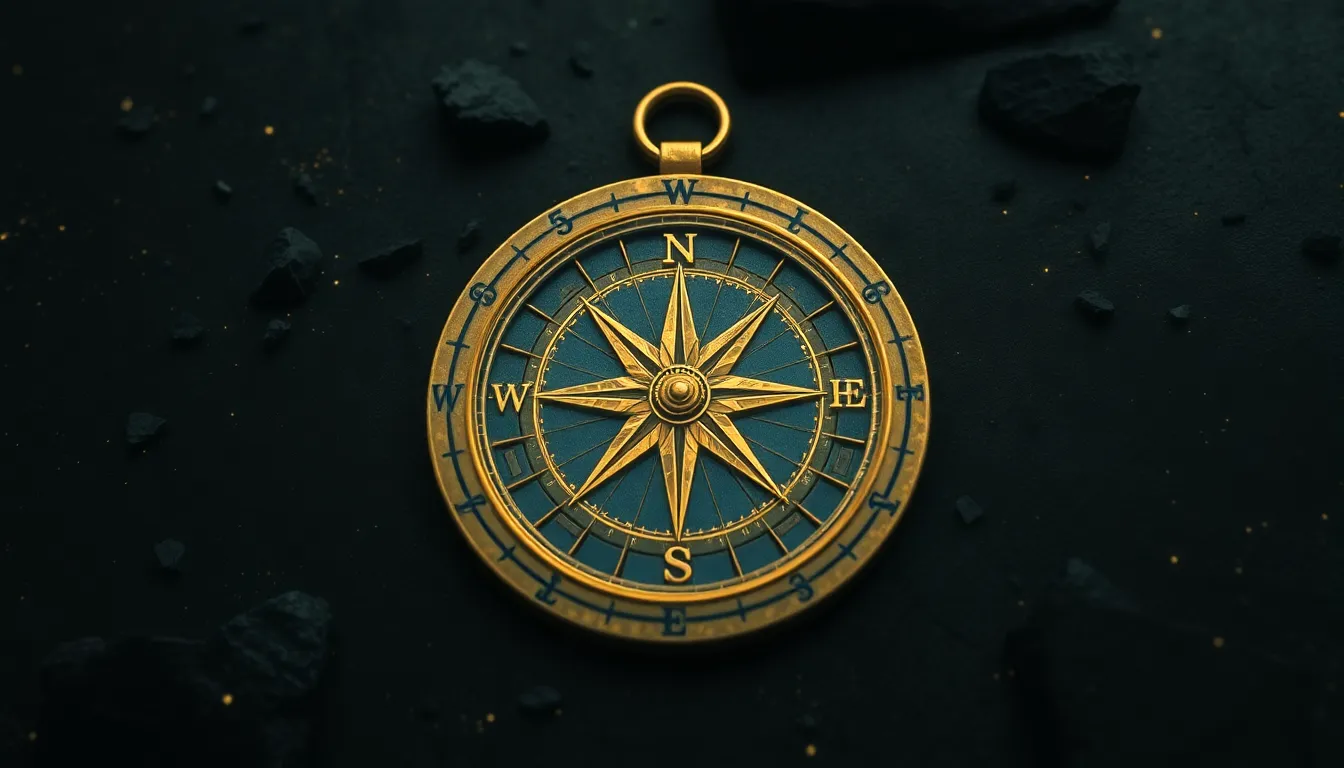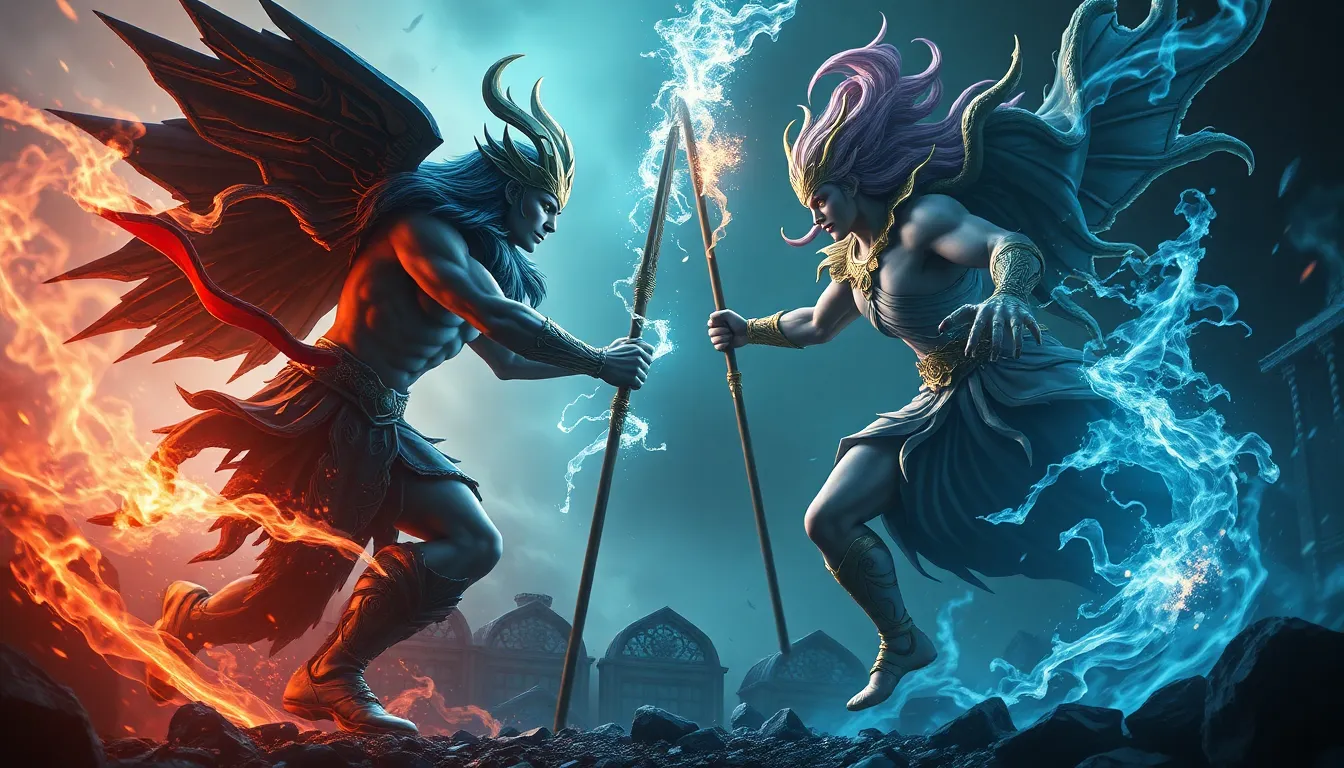Fafnir and the World Serpent: Dragons in Norse Mythology
I. Introduction
Dragons, as mythical creatures, have captivated the human imagination across various cultures and traditions. From the fierce fire-breathing dragons of East Asian lore to the winged beasts of European tales, these creatures often embody the duality of destruction and wisdom. In the realm of Norse mythology, dragons hold a significant place, symbolizing chaos, greed, and the darker aspects of human nature.
Norse mythology, with its rich tapestry of gods, heroes, and mythical creatures, offers profound insights into the cultural psyche of the Norse people. Among the most notable dragons are Fafnir and Jörmungandr, each representing different facets of dragon lore and serving unique roles within the mythological narrative. This article delves into the significance of these two dragons, exploring their stories and the lessons they impart.
II. The Role of Dragons in Norse Mythology
Dragons in Norse culture are not merely fantastical beasts; they are deeply symbolic creatures that reflect the values and beliefs of the society.
A. Symbolism of dragons in Norse culture
In Norse mythology, dragons often symbolize:
- Greed and the corrupting power of wealth
- Chaos and destruction, often representing the chaos of nature
- Guardianship, as they protect treasures and hidden knowledge
B. Dragons as guardians of treasure and knowledge
Many Norse tales depict dragons as formidable guardians of vast treasures, often hoarding gold and precious artifacts. They serve as obstacles that heroes must overcome to achieve their goals, highlighting the value of bravery and cunning.
C. The connection between dragons and chaos
Dragons are also intertwined with themes of chaos in Norse mythology. Their presence often indicates a disruption of order, serving as harbingers of doom or as opponents to the gods themselves. This duality emphasizes the struggle between order and chaos that permeates Norse cosmology.
III. Fafnir: The Dragon of Greed
One of the most famous dragons in Norse mythology is Fafnir, whose story encapsulates themes of greed and transformation.
A. Origins of Fafnir in the story of the Rheingold
Fafnir’s tale begins with the legend of the Rheingold, a cursed treasure that brings misfortune to all who possess it. Originally a dwarf, Fafnir coveted this treasure and, driven by greed, he killed his father to gain it.
B. Transformation from dwarf to dragon
Over time, Fafnir’s greed transformed him physically and spiritually. He became a dragon, a symbol of his insatiable desire for wealth. This metamorphosis underscores the notion that unchecked greed can lead to one’s downfall.
C. Themes of greed, betrayal, and death
Fafnir’s story is rife with themes of betrayal and death, illustrating how greed corrupts relationships and ultimately leads to destruction. His tragic end serves as a cautionary tale about the dangers of avarice.
IV. The Legend of Sigurd and Fafnir
Fafnir’s encounter with the hero Sigurd is one of the most celebrated narratives in Norse mythology.
A. Sigurd’s quest to slay Fafnir
In a quest to prove his bravery and gain glory, Sigurd embarks on a journey to slay Fafnir. With the guidance of the wise bird and the help of magical items, Sigurd confronts the dragon.
B. The significance of the dragon-slaying motif
The motif of dragon-slaying is prevalent in many cultures, symbolizing the triumph of good over evil. In Sigurd’s case, it represents the hero’s journey and the pursuit of honor and glory.
C. Fafnir’s death and the implications for Sigurd
Upon slaying Fafnir, Sigurd gains immense wealth but also the curse that comes with it. This outcome highlights the dual nature of victory, where triumph can lead to unforeseen consequences.
V. Jörmungandr: The World Serpent
Another prominent dragon in Norse mythology is Jörmungandr, also known as the World Serpent.
A. Origins and description of Jörmungandr
Jörmungandr is one of the children of Loki and the giantess Angerboda. According to myth, Odin cast him into the ocean that encircles Midgard, where he grew so large that he could encircle the world.
B. The World Serpent’s role in Norse cosmology
Jörmungandr represents the chaos of the sea and the unknown. He is a creature of immense power, embodying the forces of nature that are both awe-inspiring and terrifying.
C. Connections to Ragnarök and its significance
In the apocalyptic events of Ragnarök, Jörmungandr plays a pivotal role. He is destined to clash with Thor, leading to mutual destruction. This confrontation symbolizes the inevitable clash between order and chaos, a central theme in Norse cosmology.
VI. The Relationship Between Fafnir and Jörmungandr
While Fafnir and Jörmungandr are distinct figures, they share thematic parallels and serve significant roles in Norse mythology.
A. Comparisons and contrasts between the two dragons
- Fafnir: Represents greed and the corrupting nature of wealth.
- Jörmungandr: Embodies chaos and the destructive forces of nature.
B. Their respective roles in the narratives of Norse mythology
Fafnir’s story revolves around human emotions and moral lessons, while Jörmungandr’s narrative is tied to cosmic events and the fate of the world.
C. Thematic parallels: greed vs. chaos
Both dragons illustrate the darker aspects of existence, with Fafnir’s greed leading to personal destruction and Jörmungandr’s chaos symbolizing the larger, uncontrollable forces of nature.
VII. The Legacy of Fafnir and Jörmungandr in Modern Culture
The tales of Fafnir and Jörmungandr have transcended their mythological origins, influencing contemporary culture in various ways.
A. Influence on literature, film, and art
These dragons have inspired countless works of literature, films, and artworks, often reinterpreted to reflect modern themes. They serve as archetypes of the dragon in popular culture.
B. Contemporary interpretations of Norse dragons
Modern portrayals often depict dragons as complex characters, exploring themes of morality, power, and the human condition. This shift reflects an evolving understanding of these mythical creatures.
C. The evolving symbolism of dragons in modern storytelling
Dragons today are not just symbols of destruction but also of wisdom and guardianship. This duality enriches their narrative significance in contemporary storytelling.
VIII. Conclusion
Fafnir and Jörmungandr stand as enduring symbols in Norse mythology, embodying the complexities of human nature and the forces of the cosmos. Through their stories, we explore themes of greed, chaos, and the consequences of our actions. The fascination with dragons persists across cultures and eras, reminding us of the lessons these mythical creatures impart. As we continue to engage with the tales of Fafnir and Jörmungandr, we uncover the timeless truths that resonate within our own lives.




